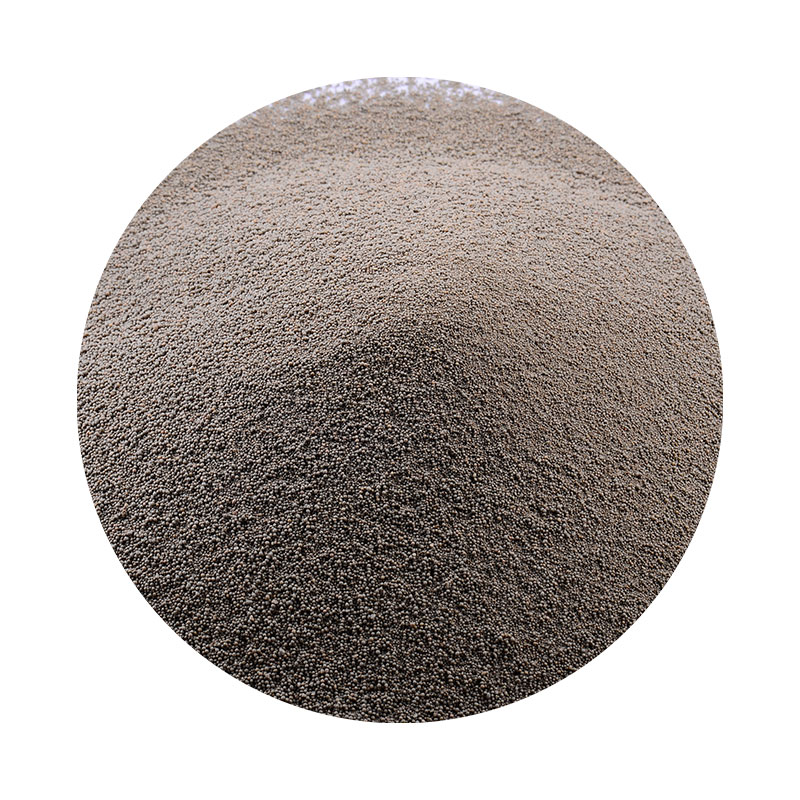
sintered sand. The final product is a strong and porous material that can be shaped and molded into various forms. Sintered sand has a wide range of applications across different industries. One of the most common uses of sintered sand is in filtration systems, where it is used to remove impurities and contaminants from liquids and gases. The high porosity of sintered sand allows for efficient filtration, making it an ideal material for use in water treatment plants, chemical processing facilities, and other industries where filtration is necessary. In addition to filtration, sintered sand is also used in foundry applications, where it is used as a mold material for casting metal parts. The high strength and durability of sintered sand make it an excellent choice for creating intricate molds that can withstand the high temperatures and pressures of the casting process. Overall, sintered sand is a versatile and high-performance material that offers a wide range of applications across different industries. Its unique properties make it ideal for use in filtration systems, foundry applications, and other industries where strength, durability, and efficiency are essential. As technology continues to advance, sintered sand is likely to play an even more significant role in the manufacturing and processing industries. Post time:юли . 10, 2024 20:25
Next:Estimating the Cost of Sand Casting Process for Manufacturing Components
